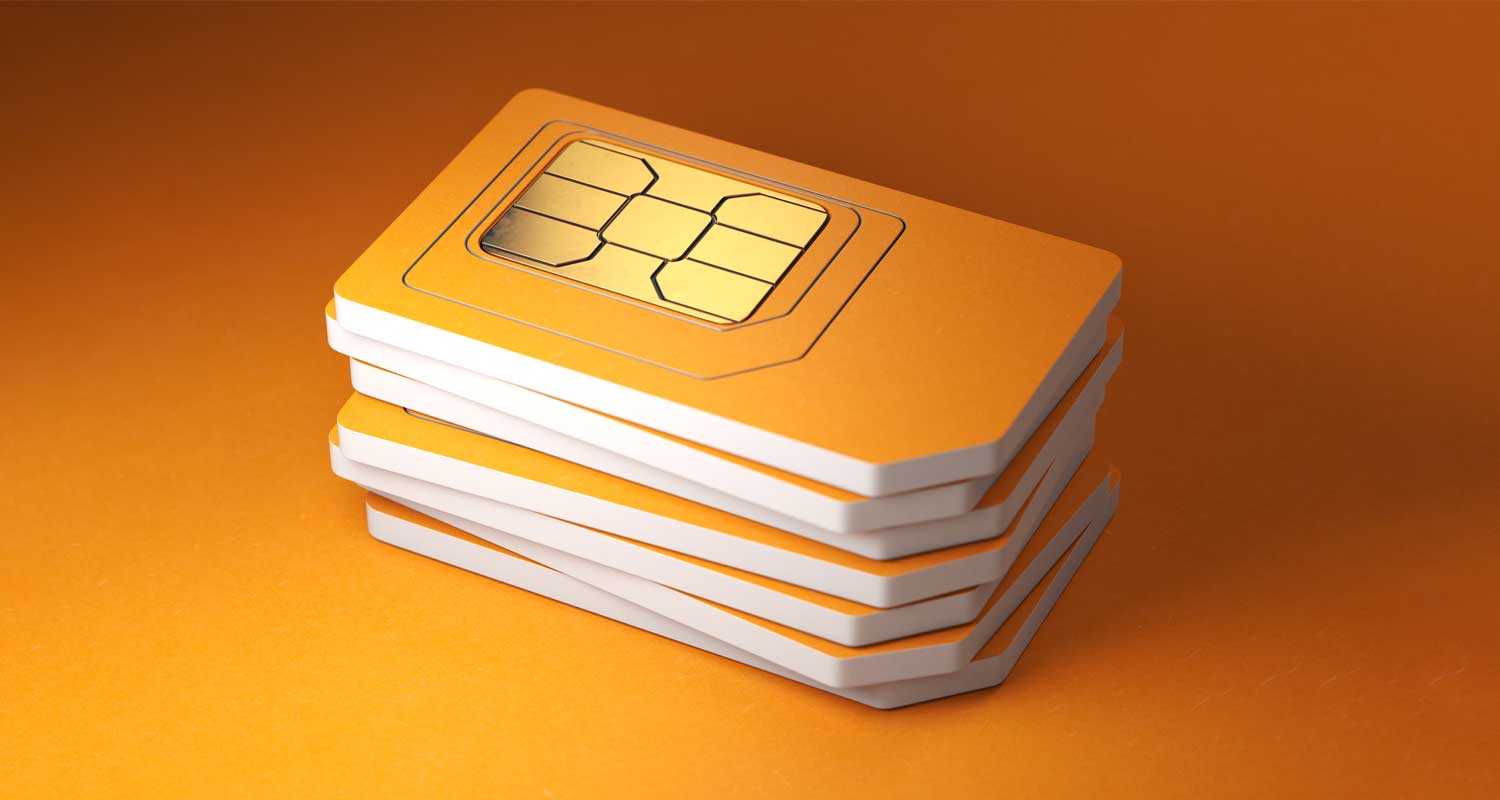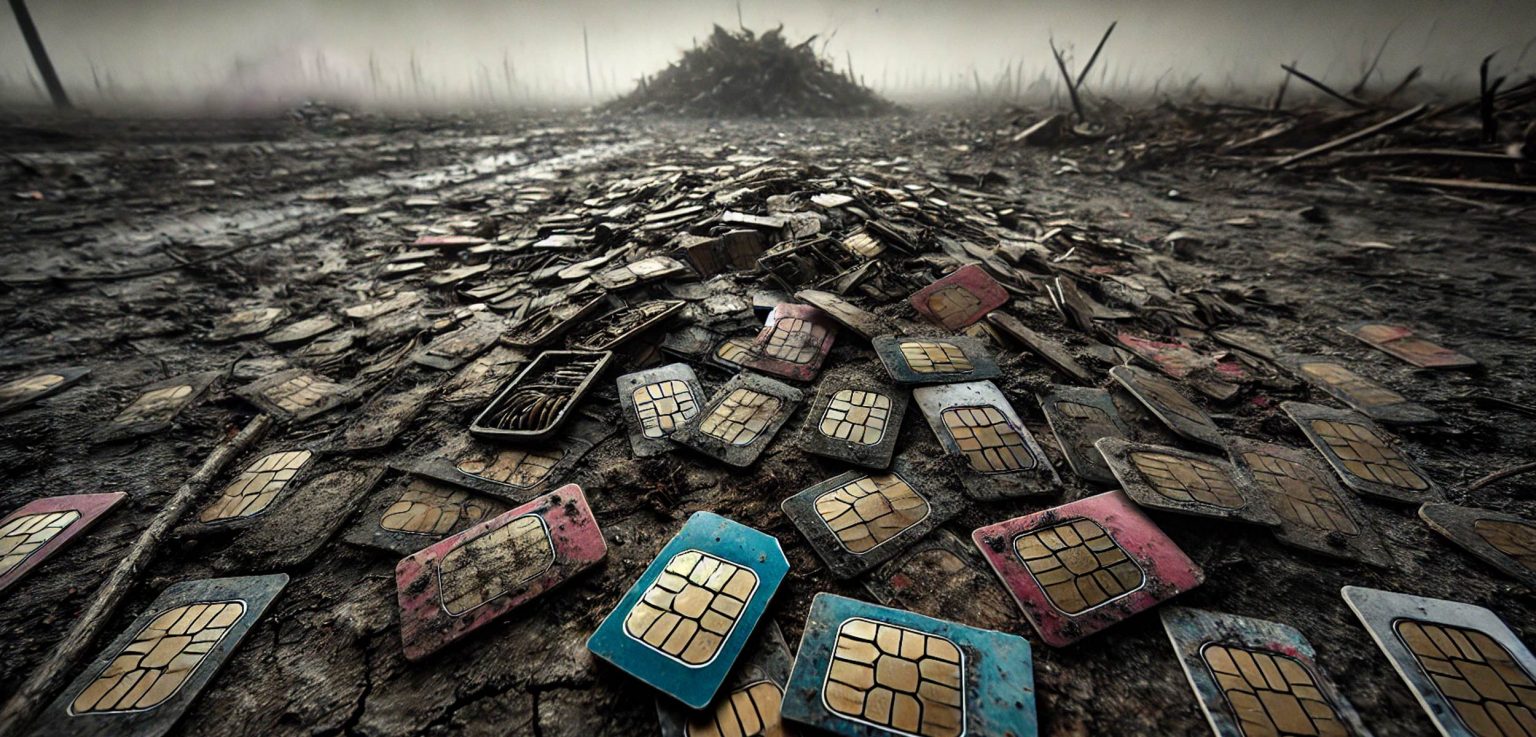South Africa’s mobile network operators produce an estimated 180 million Sim cards each year, around three times the country’s population.
This figure – from a well-placed industry source – is due to high churn in the mass market, with prepaid consumers regularly switching between networks to take advantage of pricing and special offers. Many of these cards soon up as waste, discarded in the veld or in landfill sites.
So, what are MTN, Vodacom, Telkom and Cell C doing to combat this problem?
“We procure Sim cards relative to our market share based on sales forecasts, subscriber growth year on year and the number of Sims registered via Rica and activated within the prepaid space,” a Telkom spokesman told TechCentral.
“Among other initiatives, the Sim packaging is biodegradable and we have reduced the Sim card size by half. All returned/unusable Sim cards are scrapped and destroyed in an environmentally friendly manner.”
According to the Telkom spokesman, South Africa’s consumer market – and particularly the informal market – is characterised by “washing machine churn”, where consumers frequently change their Sim cards due to rotation among the different networks, depending on which network they consider to offer the best value at the time. This leads to “dormant” Sims, which are eventually disconnected for non-utilisation.
Toxic substances
Sim cards contribute to e-waste in a variety of ways.
The first is material waste. The materials that make up a Sim card include plastic, metals such as copper and gold, and silicon – none of which is biodegradable. This means disposing of Sim cards via landfill sites is not sustainable as the Sims don’t break down naturally in the environment.
Also, despite their relatively small size, Sim cards contain trace amounts of toxic substances that can seep into the soil and contaminate water. The single-use packaging, usually plastic, adds more to a Sim card’s waste profile.
Read: Pressure on South Africa to introduce ‘right to repair’ rules
Telkom, MTN, Vodacom and Cell C have all reduced the size of their Sim cards in an effort to reduce the amount of waste. Modern Sims can also be clipped out to different sizes so one Sim fits different Sim tray slots for standard, micro and nano Sim sizes, for example.
The unused portion of the Sim is, however, usually disposed of immediately after opening. According to a Cell C spokesman, the mobile operator is trying to get users to keep the unused materials instead of throwing them away.
 “Many customers retain the Sim casing for reference purposes as it displays important details like the call centre number, USSD strings and the phone number. We also offer raw Sims that are not packaged into flow wraps to reduce the packaging,” said the spokesman.
“Many customers retain the Sim casing for reference purposes as it displays important details like the call centre number, USSD strings and the phone number. We also offer raw Sims that are not packaged into flow wraps to reduce the packaging,” said the spokesman.
Of all the mobile operators, only Telkom was prepared to reveal the number of Sims it produced in its most recent financial year: a staggering 43 million. MTN and Vodacom refused to divulge their figures, citing competitor sensitivity. Based on Telkom’s numbers, though, it’s reasonable to assume the figure for each company is well north of 43 million a year.
“Physical/plastic Sim card demand is driven by the different channels and partners as well as Sim sales in the wholesale environment. The industry is working to optimise distribution,” said Vodacom.
Cell C, on the other hand, said it produces less than 20% of the Sim cards in the market and is focused on managing efficiencies while meeting demand. However, like MTN and Vodacom, it would also not say how many Sims it produces annually.
Embedded Sims – more often known as eSims – are a digital form of a Sim card that might eventually solve the environmental problem associated with physical Sim cards.
Telkom said it has around 90 000 of its 20.4-million subscribers using eSims. Vodacom, MTN and Cell C did not disclose how many eSim customers they each have on their networks, but across the board eSim adoption in South Africa is constrained by device penetration as the feature is only available on newer, more expensive devices.
Programmes
“While we’re seeing significant eSim uptake in our branded stores and contract markets, the mass market relies heavily on feature phones and basic smartphones, which aren’t yet eSim compatible,” said Cell C’s spokesman.
Both Vodacom and MTN said they have programmes where customers can dispose of their Sim waste in environmentally friendly ways, including having the waste picked up from the comfort of their own home. Both operators also drive awareness programmes on the topic of e-waste. MTN said it is an active member of the producer responsibility organisation, Circular Energy.
“Through Vodacom’s Redlovesgreen programmes, Vodacom encourages customers to adopt sustainable practices and to recycle responsibly. We have partnerships to promote public awareness of recycling points nationwide,” said Vodacom. – © 2024 NewsCentral Media





